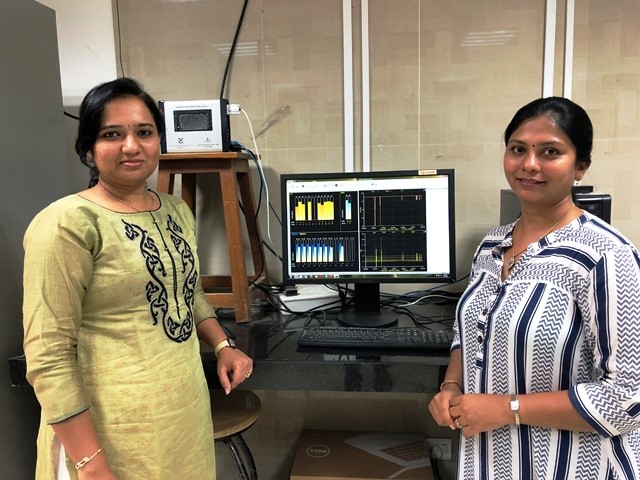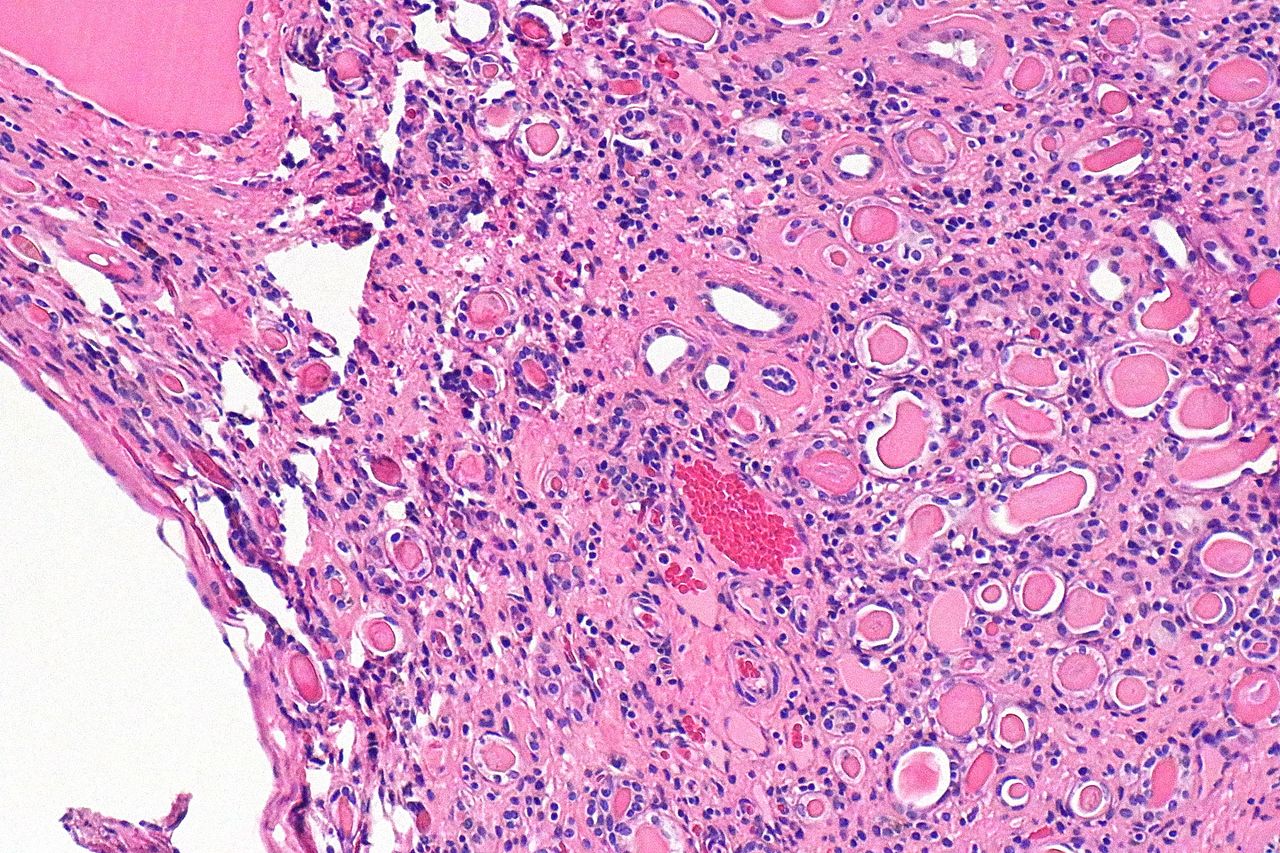
Navic Frequency Too Close To Wifi, May Cause Interference: Study
- News
- 2.1K
NavIC, India’s very own navigation satellite system, is projected to provide positioning and navigation services on the lines of US-owned Global Positioning System (GPS). However, a new study has warned that signals from NavIC satellites may interfere with WiFi signals in receivers.
The Indian navigation and positioning system consists of a constellation of seven satellites launched by the Indian Space Research Organisation (ISRO) between 2013 and 2018. The technology is likely to be available on smartphones and car navigation systems in future.
The NavIC satellites send signals in frequency bands of L5 (1176.45 MHz) and S-band (2492.08 MHz). S-band is utilized by NavIC for navigation systems, but the same band is also shared by other communication systems like Long-Term Evolution (LTE), Bluetooth and Wireless Fidelity (Wi-Fi).
The study says that NavIC signals get affected by out of band interference due to Wi-Fi signal as the two are located closely. It found that “NavIC reception on S-band frequency is severely affected by Wi-Fi transmission.”
“These interfering signals present a threat to the NavIC receiver performance. To equip both the facilities (WiFi and NavIC) in future cell phones, it will be a challenge to mitigate such kind of radio frequency interference,” says the study published in journal Current Science. The study was done by Dr. Shweta N Shah of Electronics Engineering Department at Sardar Vallabhbhai National Institute of Technology, Surat, and Ph.D. scholar Darshna D. Jagiwala. ISRO’s Ahmedabad-based Space Applications Centre (SAC) provided necessary equipment for the study.
Explaining the findings, Dr. Shah told India Science Wire that “NavIC has S-band signals and there are much stronger terrestrial S-band signals that can pose a problem for S-band and dual frequency Standard Positioning Service (SPS) receivers of NavIC if not addressed properly.”
Currently, she said “Wi-Fi receivers are present in every cell phone. That’s why it was necessary to study Wi-Fi interference to verify the performance of NavIC signal reception in cellphones. This kind of interfering signal represents a threat to the performance of the NavIC receivers.”
In the experimental set up having both types of receivers, it was found that a part of the S-band of NavIC system overlaps the unlicensed band which is shared by other communication technologies like Bluetooth, Wi-Fi, and Industrial Scientific Medical (ISM) bands. When the frequency channel of Wi-Fi was superimposed with the frequency of the S-band signal of the NavIC receiver, interference was observed in S-band signal of NavIC receiver due to the extremely low power level of the signal at the user’s receiver.
Wireless experts feel radio frequency interference between NavIC and other bands may pose regulatory challenges, besides the quality of services. In India, Wi-Fi signals are exempted from licensing in the frequency band 2400 – 2483.5 MHz. This means the usable part of any Wi-Fi system or channel India must be contained within 2483.5 MHz.
“Residual or unintended signals normally go beyond this limit due to the basic characteristic of digital emissions. The NavIC signal is centered at 2492.08 MHz with a bandwidth of ± 8.25 MHz. This means that the lower part of NavIC signal can get interference from residual/unintended signals of Wi-Fi systems. Also, the upper part of the NavIC signal goes beyond 2500 MHz and since the frequency band above 2500 MHz is used for other purposes, NavIC receivers can pick up signals (and receive interference) from such other systems operating above 2500 MHz,” explained Mr Pawan Kumar Garg, former Wireless Advisor, Government of India, while speaking to India Science Wire.
“To reduce interference from Wi-Fi (below 2483.5 MHz) as well as systems operating above 2500 MHz, it is desirable that the NavIC receivers should use a reduced bandwidth of ± 7.5 MHz, if possible, and with a sharp cut off filters on both ends,” Mr. Garg added. (India Science Wire)
By Dinesh C Sharma
For the latest Science, Tech news and conversations, follow Research Stash on Twitter, Facebook, and subscribe to our YouTube channel


